|
Although not known to many, Jewish medieval scholars made significant scientific contributions, primarily in the fields of astronomy and cartography. Catalonia and the city of Girona in particular, was one of the centres of Jewish culture during those times. Important figures such as the famous medieval Jewish scholar Moses ben Nahman commonly known as Nachmanides, lived in this part of the world. In fact, one could present a whole list of influential figures who grew up or flourished in this city. Courtyard of Museum of Jewish History, Girona In this post, I will focus on Jacob ben David Bonjorn, born in Girona at around 1330 and who was one of the leading figures of astronomy in the 14th century. Working for the King of Aragon Peter "the Ceremonious" at the town of Perpignan (a short distance from Girona and now part of France), he produced a set of important astronomical tables extensively used by astronomers after him. The tables (actually based on those of another Jewish astronomer, Levi ben Gerson, who lived in Orange in southern France in the 14th century) attempted to deal with one of the most complex problems of astronomy at the time: the calculation of the timing of true syzygies. This is when the moon, sun and the Earth lie on the same line, or put more simply, it is the occurrence of new or full moons. Bonjorn’s tables provided a list of all such events for the period from 1361 to 1391. Importantly, from the astronomical data presented, the details of lunar and solar eclipses could be deduced. Bonjorn also incorporated a method by which it was possible to use the tables for predictions beyond 1391. The importance of his work is highlighted by the fact that it has survived in many manuscripts in Hebrew, Latin, Catalan, and Greek, and was used extensively by astronomers until the 15th century. The Astronomical Tables in the Museum of Jewish History Worth noting apart from the scientific achievements of our astronomer, is an episode from Bonjorn’s family life concerning his parents, which caused a major stir at the time. His mother Ester was the daughter of Astruc Caravida, a powerful Jew of illustrious lineage. As was common then, her parents arranged her marriage and the chosen husband was David Bonjorn de Barri, who (as his son later became) was a famous astronomer based in Perpignan. The marriage was not a happy one, as Bonjorn de Barri mistreated his wife who eventually demanded a divorce. When her husband refused it, she targeted his most vulnerable point: Ester got hold of her husband’s books and tools and refused to return them unless she got her way. Her tactics paid off and after going back to Girona, she was the eventual winner of a long legal battle succeeding in having her dowry returned to her. If you are interested in medieval Jewish astronomy and Jewish culture in general, you will thoroughly enjoy a visit to the Museum of Jewish History located in Girona’s beautifully preserved old Jewish Quarter. Exhibits of scientific interest include a reproduction of the famous Catalan Atlas (the original is held in the French National Library, Paris). This was a “map of the known world” created in 1373 by two Majorcan Jews, Cresques Abraham and his son Jehuda who were commissioned by the Catalan monarch. It was subsequently offered as a wedding gift to the Dauphin of France and is a prime example of medieval cartography. Part of the Catalan Atlas Jewish astronomers were also renowned astrolabe makers. An astrolabe is a scientific instrument used to measure the position of celestial bodies. Several Jewish astronomers invented modifications of the instrument to improve its accuracy and reliability. You can learn more about this at the Museum of Jewish History. Astrolabe Information from Museum of Jewish History After a visit to the museum, a wander around the maze of cobbled streets of the Jewish Quarter is thoroughly recommended. Finish off at the wonderful campus buildings of Girona University, whose history goes back to 1446. To rest from the uphill walk, relax at the outside seating of the Campus Bar, a laid back cafe and bar serving cheaply priced coffee, great sandwiches, snacks and local beers. Directly opposite the old university buildings, it is an ideal place to contemplate the rich history of a truly enchanting city. Jewish Quarter Outside Seating of the Campus Bar facing the University Buildings Finally, if you can choose when to visit Girona, the most exciting time is during the Temps de Flors flower festival which takes place every May. Amazing flower decorations, real works of art, are exhibited all around the city and all museums can be visited for free. For the scientific traveller, floral exhibits with a scientific theme can also be found! The Periodic Table with Flowers Celebrating Science!
Comments are closed.
|
- MY SCIENCE WALKS
- SHORT BIO
-
STELLARIUM RESOURCES
- Introduction
- Astronomy and the Odyssey
- Circumference of the Earth (Eratosthenes)
- Circumference of the Earth (Posidonius)
- Distance to the Sun (Aristarchus)
- Size of the Moon (Aristarchus)
- Distance to the Moon (Hipparchus)
- Lunar eclipse of Alexander the Great
- Journey of Pytheas
- Babylonian Cycles
- Direction to Mecca
- Great Conjunction of 1166
- Medieval supernovas
- Chinese pole star
- Sidereal day of Aryabhata
- NAVIGATING WITH THE STARS
- ANTIKYTHERA MECHANISM
- BOOKS & COURSES
- TRAVEL BLOG
- Contact Me
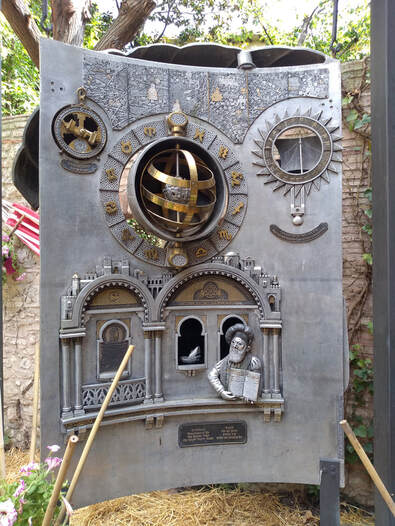
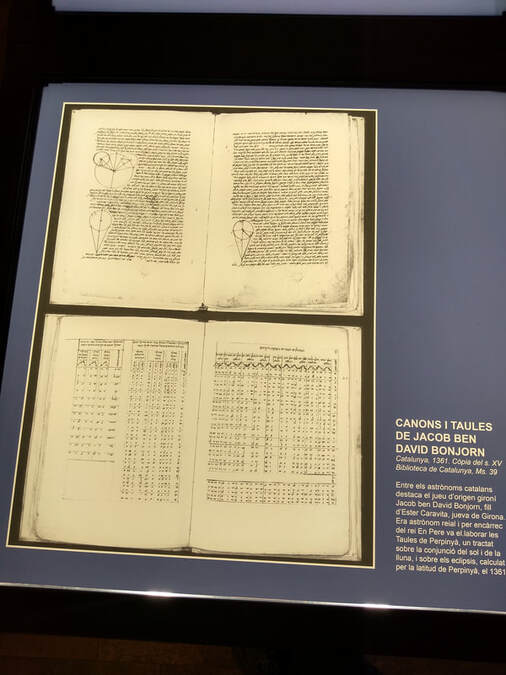
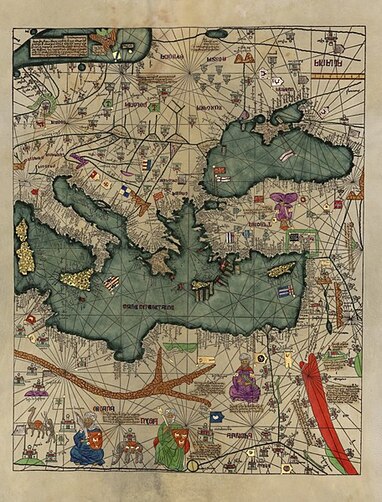
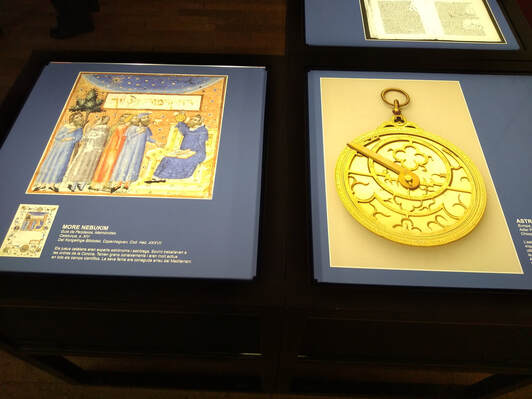
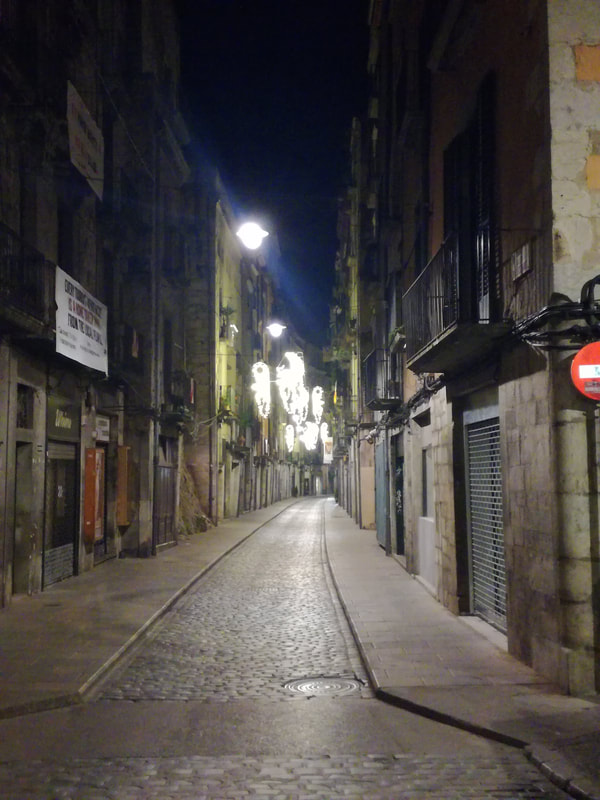
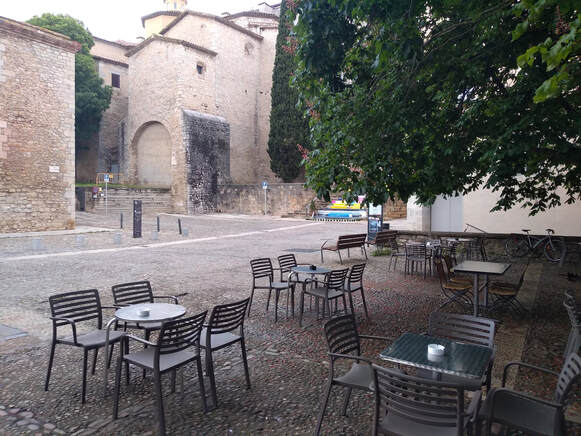
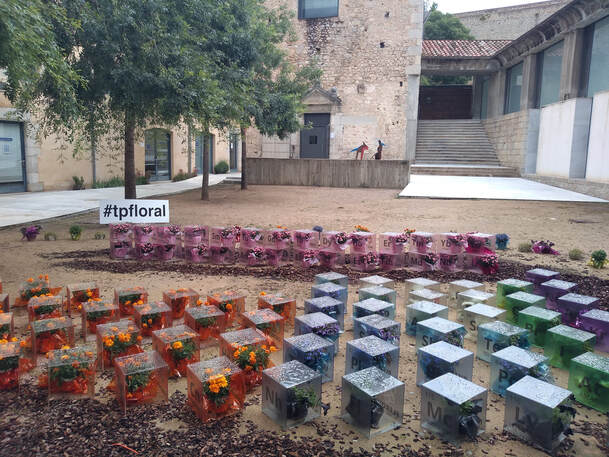
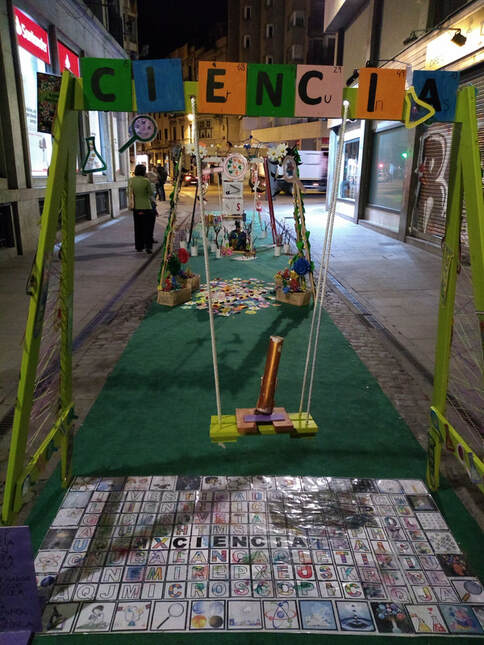
 RSS Feed
RSS Feed
